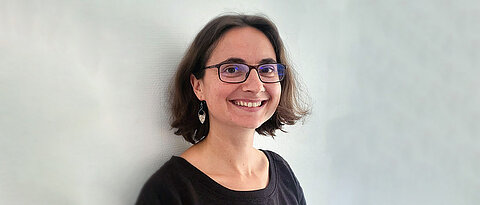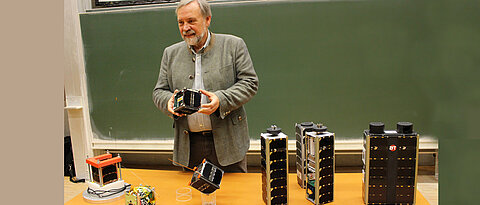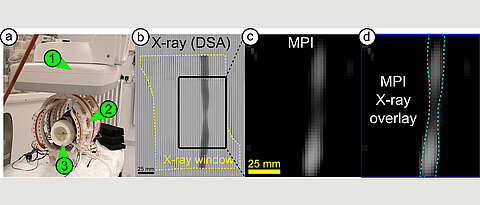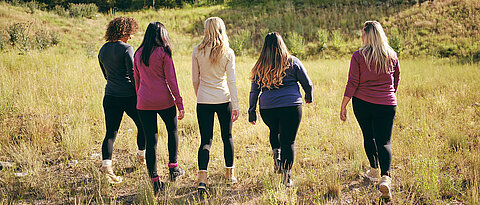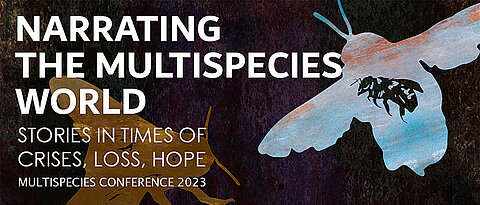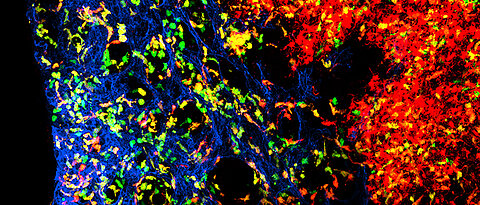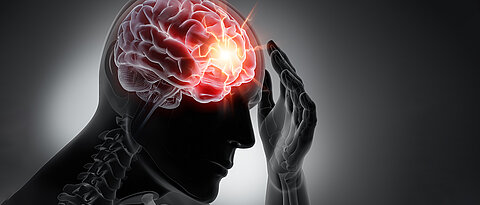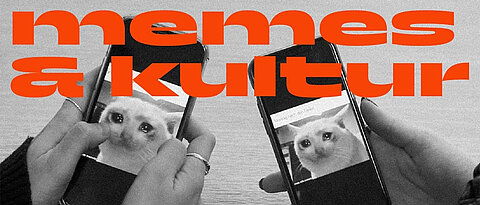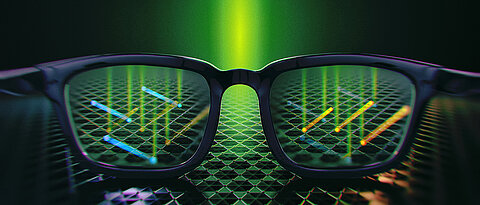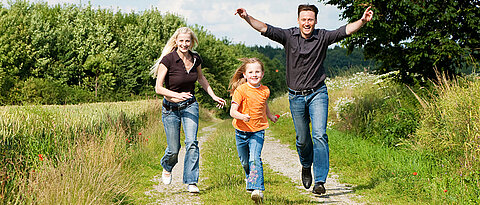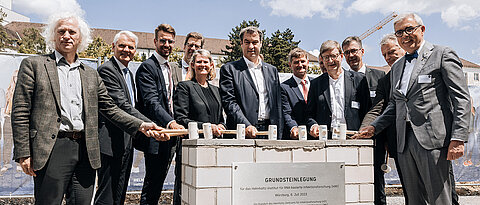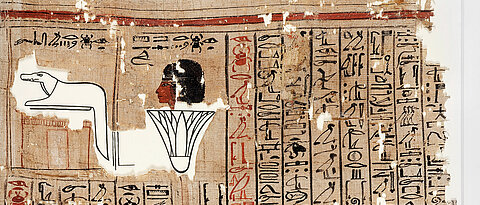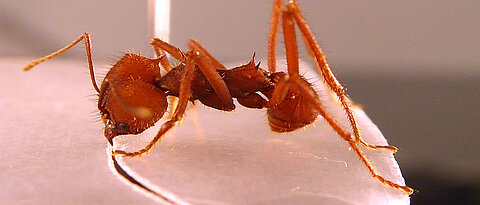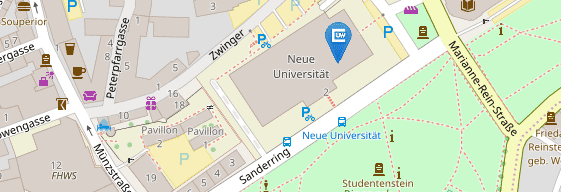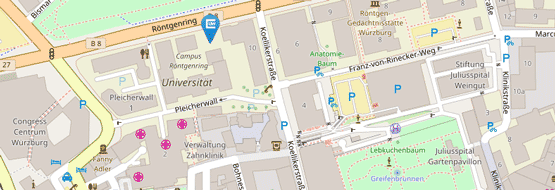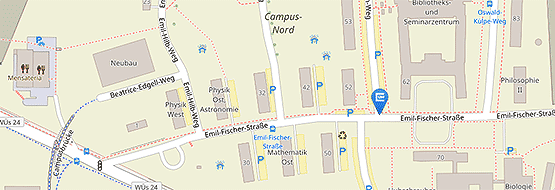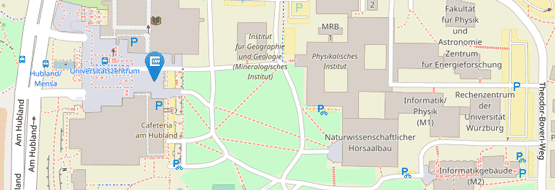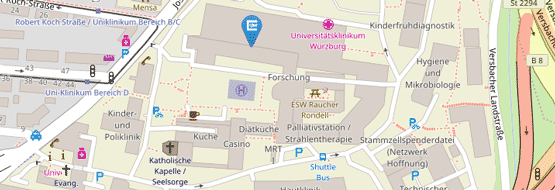Picture credits
Welcome to the Summer Semester! | Image: Jonas Blank / Universität Würzburg
Even if it doesn't look like it in this picture: Men and women react differently to anxiety-provoking situations. | Image: Tomnamon / Colourbox.de
Women in Physics: Their Achievements and Careers are the Focus of a Workshop at the University of Würzburg. | Image: Exzellenzcluster ct.qmat
Sarah Redlich is investigating how climate change affects biodiversity in ecosystems and how these effects can be minimised. | Image: Sarah Redlich / Uni Würzburg
Klaus Schilling with some of the small satellites developed by his team together with students. | Image: Dieter Ziegler / Universität Würzburg
The iMPI scanner (left) provides new insights into the human body. Here you can see a constriction in a blood vessel - recorded with conventional X-rays (b), with the scanner (c) and in a combination of both techniques (d). | Image: Patrick Vogel / Stefan Herz
Social media content can have a major influence on what body shapes women describe as beautiful – in others and in themselves. This is shown by a study from Würzburg. | Image: RichLegg / iStockphoto.com
The poster for the Multispecies Conference shows the outlines of wood bees and a honey bee. Both species are being researched at the Chair in their relevance to cultural studies. | Image: Luise Stark / Uni Würzburg
The figure shows the complex organization of dendritic cells in the lymph node. Blood vessels are shown in blue. The cells in green are young dendritic cells whereas the dendritic cells in red are a few days older and have already migrated. The dendritic cells in orange are intermediate in age. | Image: Dr. Milas Ugur / Universität Würzburg
Every year, about 70,000 people in Germany suffer a so-called stroke recurrence - that is, a second stroke after a previous one. | Image: peterschreiber.media / istockphoto.com
From meme culture to discussions about gender: the new YouTube channel "überalltag" looks at social phenomena from a cultural studies perspective. | Image: Nikola Nölle / Uni Würzburg
Using X-rays (green in the picture), researchers have created 3D cinema-like effects on the kagome metal TbV6Sn6. This way, they have succeeded in tracking down the behaviour of electrons (blue and yellow in the picture) and have taken a step forward in the understanding of quantum materials. | Image: Jörg Bandmann/ct.qmat
Going for a walk and being outside - this helps children to develop a realistic self-assessment. | Image: Kzenon / Colourbox
From left to right: Prof Josef Penninger (HZI), Prof Dirk Heinz (HZI), Dr Renke Deckarm (EU Commission), Christian Scherf (HZI, Background), Judith Pirscher (BMBF), Dr Markus Söder (Freistaat Bayern), Prof Jörg Vogel (HIRI), Dipl-Ing Rainer Post (doranth post architekten, Background), Prof Otmar D. Wiestler (Helmholtz Association), Christian Schuchardt (Würzburg), Roland Weigert (StMWi), Prof Matthias Frosch (JMU). © HIRI / Mario Schmitt | Image: HIRI / Mario Schmitt
This small part from a fragment of a Book of the Dead from the Martin von Wagner Museum's holdings adorns the cover of the new handbook. | Image: Christina Kiefer
A typical behaviour: When the leafcutter ant Atta sexdens cuts pieces of leaves, it holds onto the leaf edge with its hind legs to determine the size of the cut. | Image: Dr. Daniela Römer, Uni Würzburg




